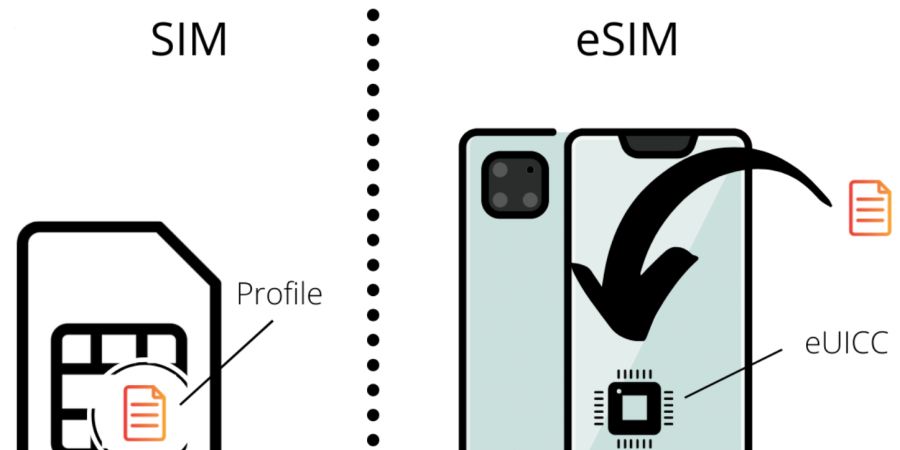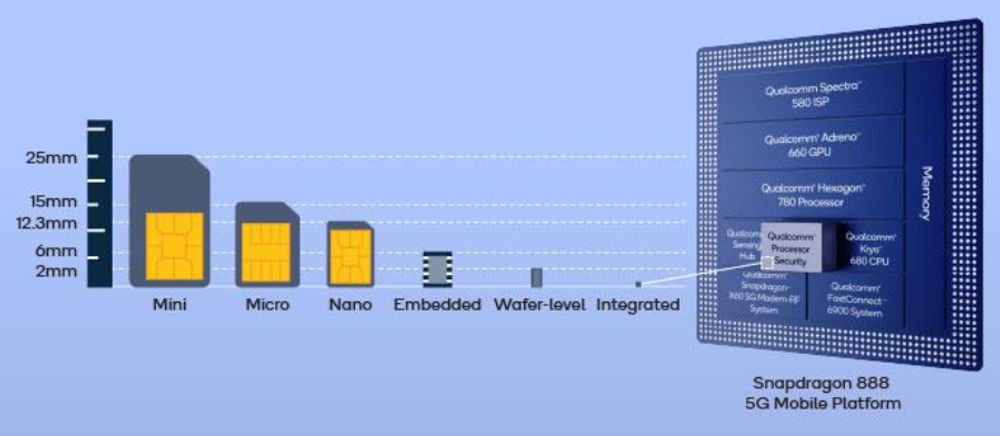

Hello to all bloggers, I hope you are doing well, thanks for supporting my blogs. Today I'll discuss some general facts about the SIM card and eSIM we use, as all of you know, it comes in many shapes and sizes. All keypads to smartphones require a SIM card. Let's see the same.

The phone is the essential basis in daily life for texting, messaging, calling, using social media, web surfing, online transactions, etc. A tiny chip is used for getting the services and facilities that are nothing but the SIM card.
The acronym of SIM is ‘Subscriber Identity Module' it is a tiny chip that is placed in the SIM card slot of the mobile phone. The physical SIM card connects the phone to a mobile network.
The first ever SIM card was invented in Germany. Traditional SIM cards are of various sizes and are named mini SIM, micro SIM, nano SIM, etc.
The standard big-sized SIM or mini SIM is used rarely and is approximately of the size 25 mm x 15 mm, one size smaller SIM card are Micro SIM which is 12 mm x 15 mm and are used in past years, and the smallest of all SIM cards is the nano SIM with the size of 8.8 mm x 12.3 mm these SIM cards don't have borders.
eSIM is known as an embedded SIM card. It has substituted conventional normal SIM cards that use the same GSM networks and services.
eSIMs are rewritable. It is a kind of SIM card programmed and embedded inside the device. eSIM consists of software installed into the eUICC(embedded universal integrated circuit card)chip that is permanently attached to the device.
Once the eSIM carrier profile has been installed on the eUICC chip, it is activated and upgraded inside the device depending on the new network on bringing a prepaid device.
In 2016, the eSIM standard was released, which replaced physical SIM and cellular telephony. eSIMs are mainly used in tablets, drones, smartwatches, and also in cars.
eSIMs are primarily enabled and used by mobile brand manufacturers like Samsung Galaxy devices, Motorola's Razor 5G, and Apple's iPhones including iPhone XS and the more recent one the Google Pixel device.
Both SIM and eSIM are types of SIM cards. Other than these types as shown in the figure posted above, include mini, micro, nano, wafer level lastly the integrated SIM card.
Both SIM and eSIM are fully distinct technology. Both provide network services and have made subscriber's life much easier. With this, I conclude today's blog. Thanks for reading my blog. Do like, share, follow and comment on my blogs.










